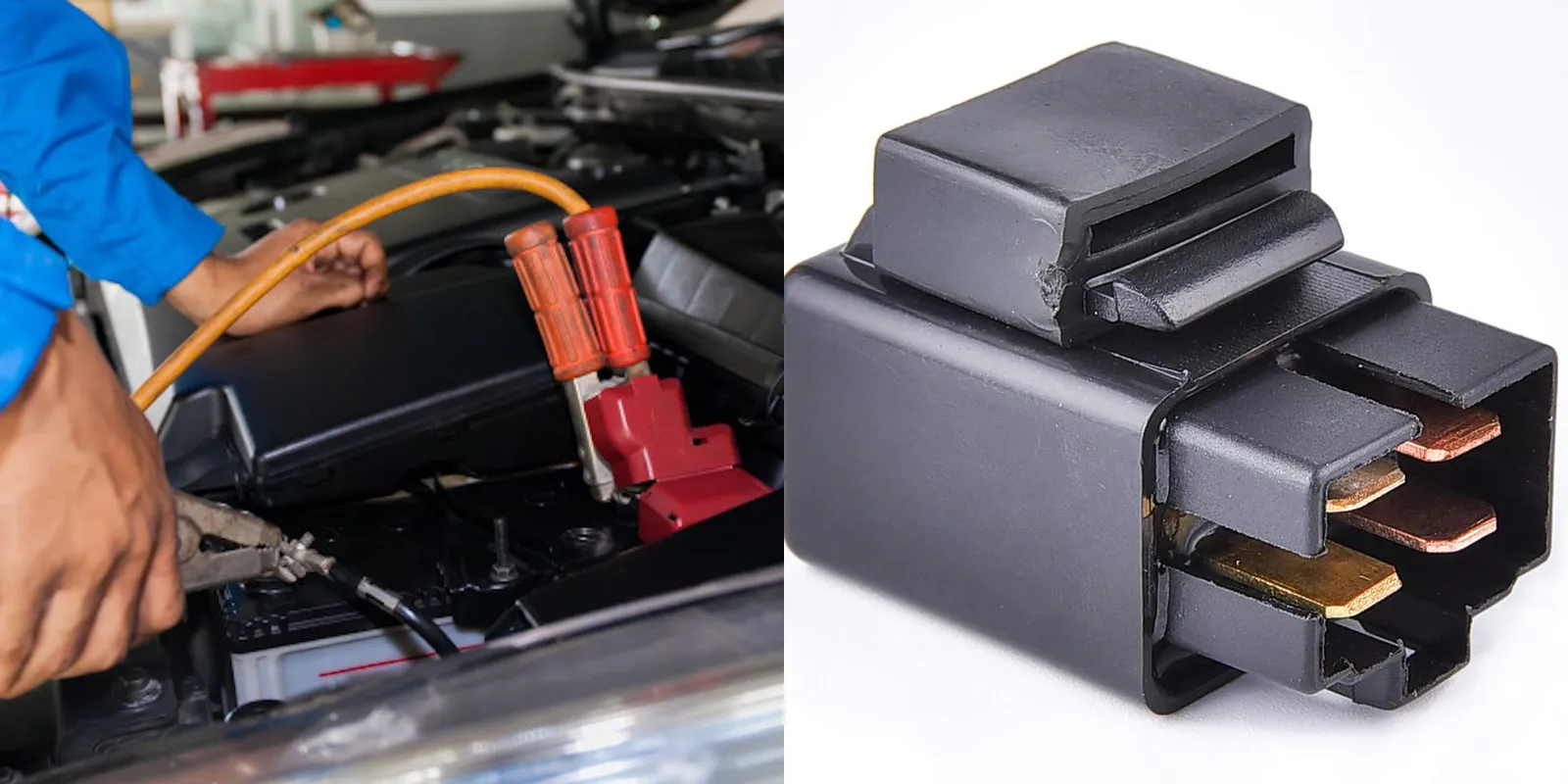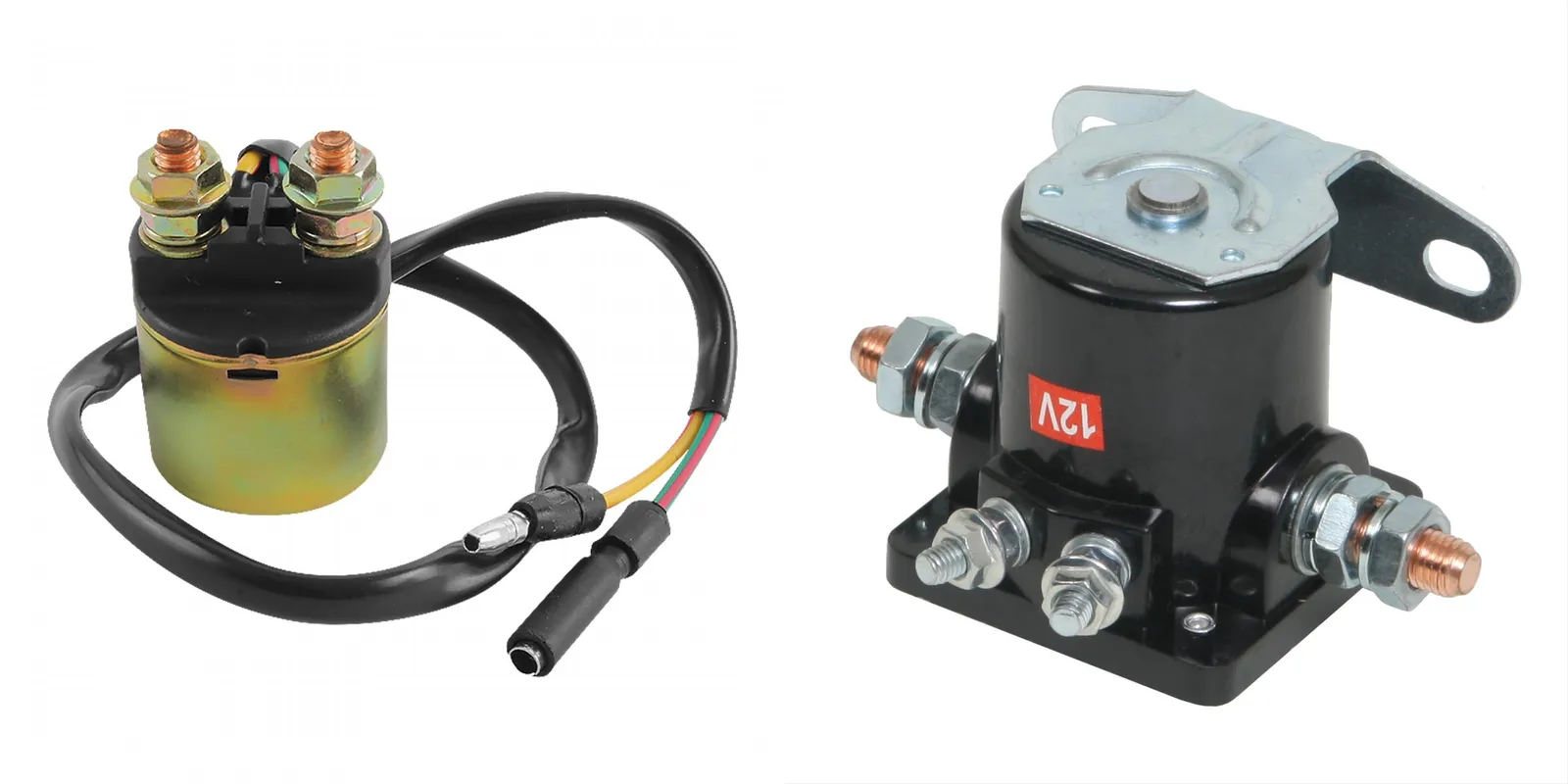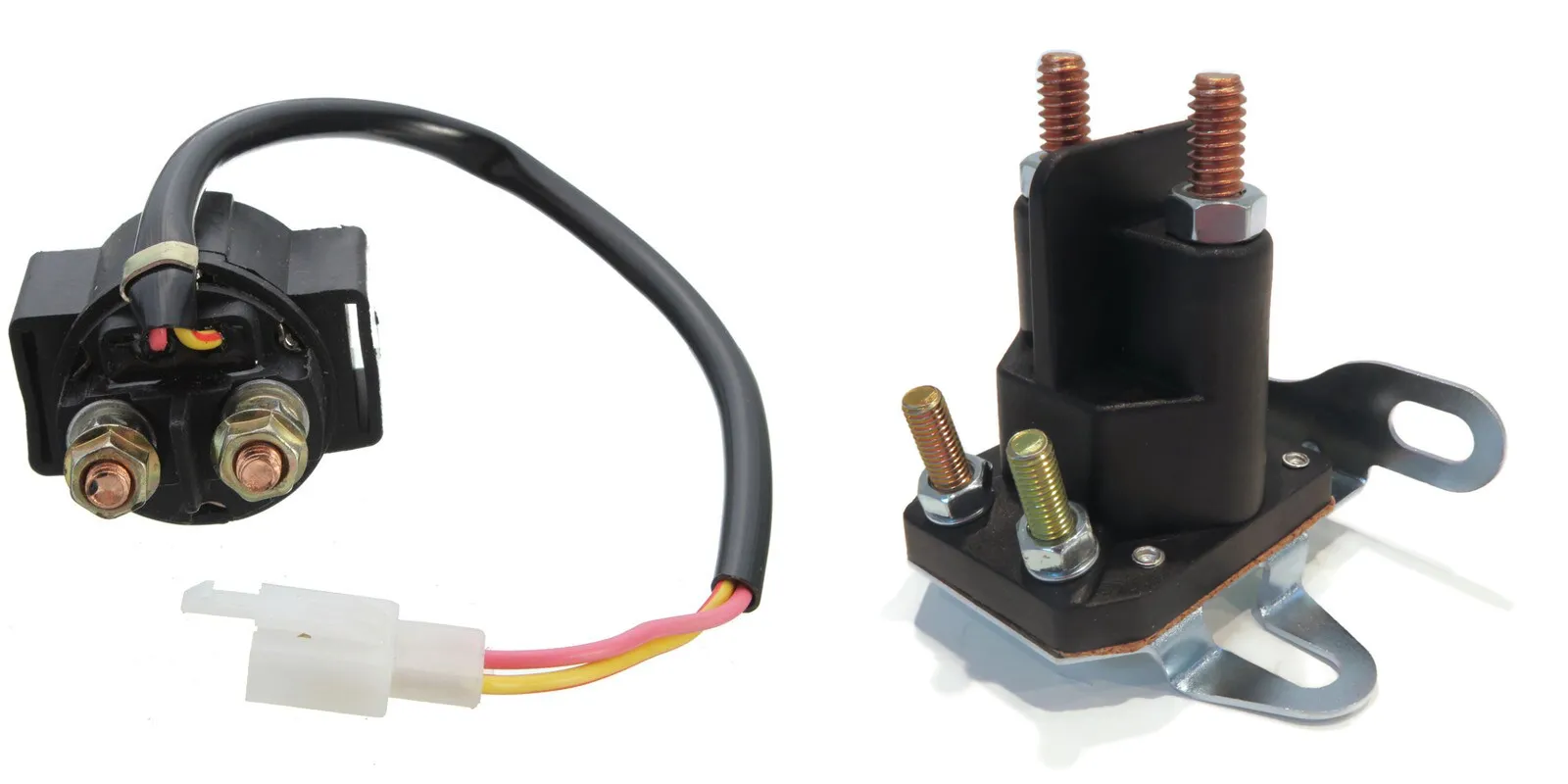If you’re like most car owners, you’ve probably heard the phrase “jump a starter solenoid” at some point. But what is a starter solenoid, and how do you jumper it?
Understanding the Symptoms of a Bad Starter Solenoid
Common signs of a bad starter solenoid
A bad starter solenoid can cause a car to not start, or to start but not stay running. Signs of a bad starter solenoid can include:
- The car will not start
- The car starts but will not stay running
- The car has difficulty starting in cold weather
- The car has difficulty starting in hot weather
- The car will not restart after being turned off
- The car will not restart after being turned on
- The car has a loud noise when starting
How a bad starter solenoid affects the car’s starting system
If you have a car with a bad starter solenoid, it can affect the car’s starting system in a variety of ways. For example, a bad starter solenoid can cause the car to not start at all, or it can make it difficult to start the car. Additionally, a bad starter solenoid can cause problems with the car’s electrical system, including the possibility of a short circuit. If you’re experiencing any of these issues, it’s important to take action and get your car serviced.
Jumping a Starter Solenoid
What is jumping a starter solenoid means
A starter solenoid is an electromechanical component that is used in automobiles to start the engine. The starter solenoid typically consists of an armature and a spring, and it is activated by the car’s key switch when the engine is started. The starter solenoid typically has a resistance of around 10 megohms, which is enough to start the engine but not enough to sustain it.
Situations where jumping a starter solenoid might be necessary
A starter solenoid is a device used to start a gasoline engine. When the engine is not running, the starter solenoid compresses a spring and rotates a shaft, which in turn starts the engine.
If the engine does not start after trying several times to turn the key, it may be necessary to jump the starter solenoid. Jumping the starter solenoid means removing the key from the ignition and then manually turning the shaft by hand. This is done to clear any debris that may be preventing the engine from starting.
How to Jump a Starter Solenoid
Step-by-step instructions for jumping a starter solenoid
- Remove the battery cable from the battery
- Disconnect the negative battery cable
- Remove the starter motor cover
- Position a metal object such as a screwdriver against the solenoid and push against the plunger to dislodge it
- Remove the solenoid
- Clean the area where the solenoid was located

Tools needed to jump a starter solenoid
A starter solenoid is a component that helps to start a diesel engine. There are a variety of tools that are needed to jump a starter solenoid. Some of the tools that are necessary include a wrench, a breaker bar, and a jumper cable.
- Wrench: A wrench is needed to unscrew the bolts that hold the starter solenoid in place.
- Breaker Bar: A breaker bar is needed to break the bolts that hold the starter solenoid in place.
- Jumper Cable: A jumper cable is needed to connect the battery to the starter solenoid.
Safety precautions to be taken when jumping a starter solenoid
When jumping a starter solenoid, it is important to take safety precautions. For example, do not operate the solenoid if you are not familiar with it. Also, be sure to always wear clothes that cover your body and other equipment you will be using. Finally, make sure that you know the proper way to use the solenoid before jumping it.
Testing a Starter Solenoid
Offer tips for testing a starter solenoid
Testing a starter solenoid is important in ensuring that the solenoid operates properly and does not cause issues with the engine. There are a few things that you can do to test a starter solenoid.
- Check the voltage: One way to test a starter solenoid is to check the voltage. You can do this by connecting a voltmeter to the solenoid terminals. If the voltage is low, it may mean that the solenoid is not working properly.
- Check the current: Another way to test a starter solenoid is to check the current. You can do this by connecting a current meter to the solenoid terminals. If the current is high, it may mean that the solenoid is not working properly.
- Check the voltage and current at the same time: If you are testing a starter solenoid and the voltage and current are both high, it may mean that the solenoid is not getting power from the battery. You can check this by connecting a battery to the solenoid and seeing if the voltage and current are both low.
How to troubleshoot a starter solenoid before attempting to jump it
There are a few things you can do to troubleshoot a starter solenoid before attempting to jump it. The first thing to do is to check the battery to see if it’s fully charged. If the battery is low, the solenoid won’t activate. If the solenoid still doesn’t activate, the next step is to check the fuse.
If the fuse is blown, the solenoid won’t activate. If the fuse is ok, the next step is to check the switch. If the switch is ok, the solenoid may be defective. If the switch is defective, the solenoid will not activate.
Getting a Bad Starter Solenoid Repaired
Importance of getting a bad starter solenoid repaired
There is no question that a bad starter solenoid can be a big problem. Not only can it prevent your car from starting, but it can also lead to other mechanical problems. So if you find that yours is starting to give you problems, it’s important to get it repaired as soon as possible. Here are a few reasons why:
- It can prevent your car from starting. A bad starter solenoid can cause your car to not start. This can be due to a variety of issues, but the most common is a broken wire. If this wire is broken, the solenoid won’t be able to generate enough electricity to start the engine.
- It can lead to other mechanical problems. If your starter solenoid is broken, it can also lead to other mechanical problems. This is because the solenoid is responsible for activating the starter motor. If it’s not working properly, the starter motor will not be able to turn the engine. This can lead to other problems, such as a broken belt or a blown engine.
- It can be expensive to get repaired. If your starter solenoid is broken, it can be expensive to get repaired. This is because it’s a complex part of your car and it can take a lot of time to fix it. In some cases, it may be necessary to replace the entire starter motor. So if you find that your starter solenoid is broken, it’s important to get it fixed as soon as possible.
Cost of repairing a starter solenoid
When it comes to repairing starter solenoids, the cost can vary significantly depending on the type of solenoid and the extent of the damage. However, in general, a typical cost for repairing a starter solenoid is around $100-$200.
Signs that may indicate a bad starter solenoid needs to be repaired
If your car has been starting sporadically or not at all, it may be due to a bad starter solenoid. This is a small, metal part that sits on the bottom of your car and connects the Starter motor to the battery. If one falls out, it can prevent your car from starting.
There are a few signs that may indicate this is the case:
- The starter solenoid doesn’t seem to be getting power. This could be because there’s something plugged into it wrong, like an unplugged fuse, or maybe there’s something blocking the air flow to the solenoid.
- The solenoid’s light is on but it won’t turn off. This might mean that something’s broken inside the solenoid. It can take a jumper wire to fix this problem.

